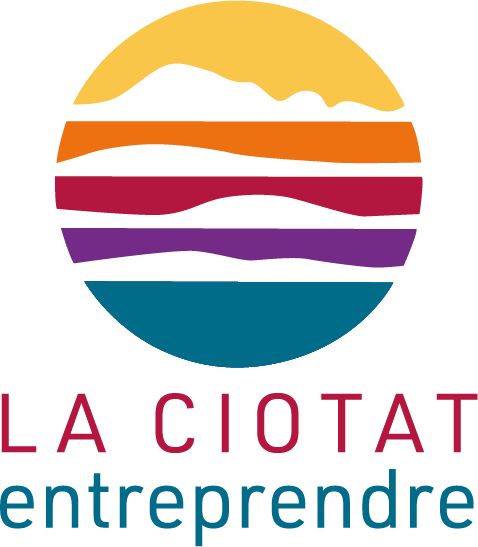
Fascia And Soffit Contractor
FollowOverview
-
Date de fondation 18 mai 2000
-
Secteurs Commerce
-
Posted Jobs 0
-
Vues 34
L'entreprise
The 10 Most Terrifying Things About Soffit And Cladding

Understanding Fascia and Cladding: Essential Elements of Building Design
The visual appeals and performance of a structure greatly depend on the exterior style and the materials utilized in building. Among the captivating elements that add to the visual appeal and defense of a structure are fascia and cladding. This post will explore the meanings, purposes, material choices, installation processes, Soffit And Cladding benefits of fascia and cladding in building construction.
What is Fascia?
Fascia describes the band of product that runs horizontally along the edge of a roof. Its primary purpose is to support the lower edge of the roofing and act as a barrier between the roofline and the outside environment, effectively sealing the roof structure to avoid wetness seepage. Furthermore, fascia boards are critical in securing the underlying structures, such as the rafter beams, from weather damage, insects, and decay.
What is Cladding?
Cladding, on the other hand, is the external layer or covering of a structure that functions as a protective and decorative façade. It is used over structural walls to provide insulation, increase toughness, and enhance visual appeal. Cladding can be made from different products, including wood, metal, PVC, stone, and composite products.
Table 1: Key Differences between Fascia and Cladding
| Requirements | Fascia | Cladding |
|---|---|---|
| Meaning | A horizontal board at the roof’s edge | Exterior covering on walls |
| Function | Supports roof edges and prevents moisture | Insulation, defense, and visual appeal |
| Products Used | Wood, PVC, aluminum | Wood, metal, vinyl, stone, brick |
| Aesthetic Impact | Minimal vs. cladding | Substantial visual effect |
Significance of Fascia and Cladding
Fascia Benefits:
- Weather Protection: Fascia safeguards roof structures from rain, snow, and other weather components.
- Visual Appeal: It provides a seamless shift in between the roof and the wall, adding to the total appearance of the structure.
- Obstructed Pests: Fascia boards prevent birds, pests, and other bugs from entering the roof space.
Cladding Benefits:
- Thermal Insulation: Cladding products can offer additional insulation, lowering energy costs.
- Wetness Barrier: Proper cladding acts as a barrier versus wetness, securing the underlying structures.
- Toughness: Cladding products like metal or stone are resistant to weathering and can last a very long time with very little maintenance.
Types of Fascia Materials
Fascia products can vary substantially based upon efficiency, appearance, and expense considerations. The most common materials consist of:
- Wood: A conventional option that offers natural beauty but requires routine maintenance to prevent decomposing and deforming.
- PVC: A low-maintenance option that is waterproof and readily available in numerous colors.
- Aluminum: Resistant to corrosion and easy to set up, but may be less visually appealing than other products.
Types of Cladding Materials
Cladding materials encompass a broad variety of options, each with its unique qualities:
- Wood: Provides a natural and warm visual however requires treatment to resist pests and weather condition.
- Vinyl: Affordable and low-maintenance, readily available in panels and various colors.
- Metal (Aluminum, Steel): Provides a modern look, is long lasting, and reflects energy effectiveness.
- Brick: Traditional and strong, it provides exceptional insulation and lowers the need for regular upkeep.
- Stone: Provides a high-end visual and extraordinary resilience however can be expensive.
Installation of Fascia and Cladding
Installing Fascia
- Preparation: Remove old fascia (if applicable) and clean the area.
- Step and Cut: Measure the length of the roof edge and cut the fascia product accordingly.
- Affixing: Secure the fascia board to the rafter ends utilizing nails or screws.
- Sealing: Apply caulk around joints to guarantee a watertight seal.
Installing Cladding
- Preparation: Ensure the wall surface is clean and level. Add a wetness barrier if necessary.
- Framing: Install vertical battens or a structure for the cladding to connect to.
- Procedure and Cut: Measure the cladding panels according to wall height and width.
- Attaching: Fix the cladding panels to the structure utilizing specified fasteners, ensuring appropriate positioning.
- Trimming and Finishing: Add trims at the edges and use any needed sealants.
Frequently asked questions About Fascia and Cladding
What is the average life expectancy of fascia materials?
The lifespan of fascia differs by material: wood can last as much as 20 years with appropriate maintenance, while PVC can last over 30 years, and aluminum has a life expectancy even longer than that.
Is cladding essential for all structures?
While cladding is not obligatory, it is highly useful for boosting insulation and protecting the building from weather condition elements. For industrial structures, it is nearly vital to guarantee energy efficiency and aesthetics.

Can I install fascia and cladding myself?
DIY installation is possible for those with home improvement experience; nevertheless, working with experts is advised for ensuring correct installation and adherence to structure codes.
Both fascia and cladding play integral functions in the durability and visual appeal of a building. Understanding the products, advantages, and installation processes of each can significantly influence the efficiency and overall look of a structure. By picking the ideal type of fascia and cladding, homeowners and home builders can guarantee that their structures are not just appealing however likewise well-protected against ecological aspects. As the demand for energy-efficient and aesthetically pleasing buildings continues to grow, welcoming these important elements of design will stay important.


